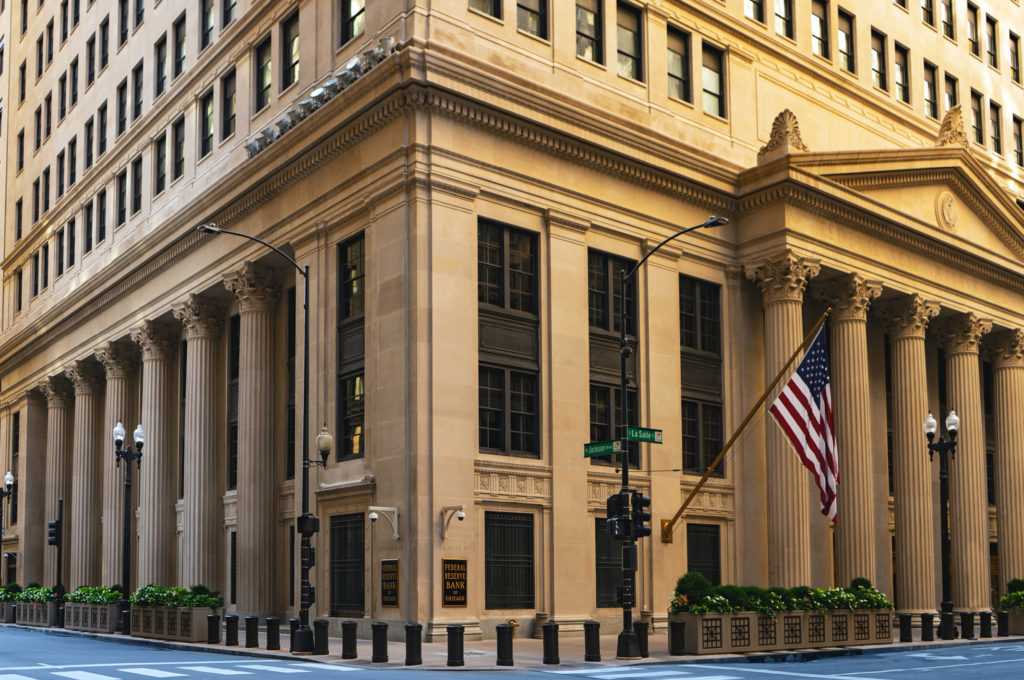- Inflation running at 7% year-over-year as of December will challenge the Federal Reserve’s dual mandate of stable prices and maximum employment.
- Investors will be penciling in three or more interest-rate hikes during 2022.
- Despite a rising-interest-rate environment, rates are still near all-time lows.
- Real estate has produced strong investment sales volumes, despite 10-year Treasuries at higher levels.
- Borrowers of floating-rate debt have greatly benefitted in recent years from a rock-bottom index; this is expected to end, as the forward curve implies a 150-basis-point rate increase.
The Federal Reserve has signaled its plans to raise the Federal Funds Rate, as soon as its next meeting in March, which is not unexpected. With inflation running at multi-decade highs, the Fed’s dual mandate of stable prices and maximized employment is out of sync. How many increases and by how much remains an open-ended question. Surveys vary, but many expect three or more rate hikes in 2022.
Commercial real estate has significantly benefited from the sustained low-interest-rate environment in recent years. Debt has been plentiful, while equity raises have never been stronger and the market generated record investment sales volumes in Q4. Does a rising-interest-rate environment take the wind out of that sales market? In a word, no.

Context is important. Interest rates, measured by the 10-year Treasury, have sat at record lows but have already risen from rock-bottom levels at the outset of the pandemic. Despite that, sales volumes have set records. Even in a rising-interest-rate environment, rates will remain historically low and accommodative to real estate transaction activity. In addition, other developed nations have even lower risk-free rates, which makes U.S. Treasuries appealing.
Prior to 2018 (when Treasuries were around 3% at year-end), the previous sales-volume high was in 2007, when 10-year Treasuries were north of 4%. Real estate is historically seen as an inflation hedge: rent growth in industrial and multifamily specifically, and in numerous hotel markets (using ADR), has kept pace with and even outpaced inflation in the past 12 months. The Fed is raising rates to tame inflation. Further, unlocking supply-chain gridlock may help to cool inflation quickly by the second half of 2022.
However, the SOFR forward curve is quite steep, implying a 150-basis-point increase in the next 13–15 months. Although rate indices are widening, spreads have moved little in the past year. In recent years, floating-rate borrowers have greatly benefitted from a rock-bottom index that is expected to rapidly change. Despite the anticipated imminent rise of SOFR, not all owners are running to lock in long-term debt, given robust rent growth. Meanwhile, 10-year permanent loans are running at around 3.5%–4%. Borrowers will be closely watching rates, and the rise of floating-rate indexes may lead to groups looking to lock in for the long term, but optimistic rent growth assumptions leave many still attracted to flexible debt that can be easily retired.
Download the report.

 Aaron Jodka
Aaron Jodka

 Nicole Larson
Nicole Larson
